No Products in the Cart
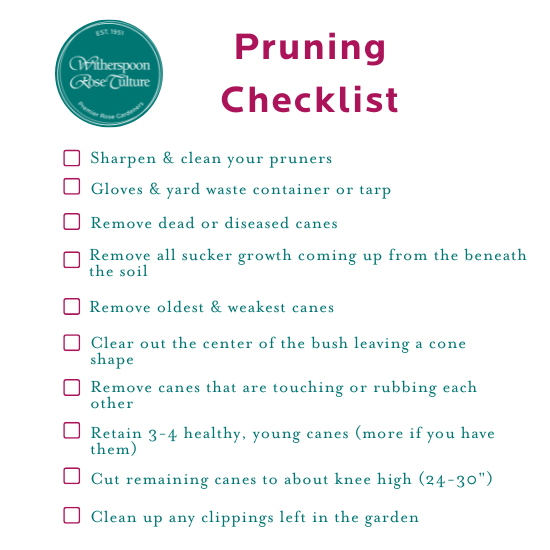
PRUNING
When we prune, our focus is on cutting out dead and diseased canes, and removing spindly or unthrifty growth.
JANUARY
Apply Dormant Oil and contact fungicide
Applying dormant spray is one of the best things you can do for your rose bushes during winter. We recommend using a Dormant Spray Oil mixed with a Contact Fungicide
FEBRUARY
Prune existing roses and plant bareroots
it's time for Spring Pruning! Pruning is a major event which requires a more skilled hand than that of the generalized cutback we do in December.
MARCH
Apply Witherspoon Premium 2-in-1 Fertilizer to established roses
Roses are one of the most beautiful and rewarding plants to grow in any garden, but to achieve those stunning blooms and robust growth, they require proper care — and that includes fertilizing.
APRIL
After danger of frost, remove mulch from around the graft, begin spraying process
It's time to begin a spray program for the growing season! Now that your plants are coming out of dormancy and even pushing out some leaves, its time to unmound the plants
MAY
Continue spraying and begin deadheading
Deadheading is removing the spent blooms from your roses, and we deadhead to promote more BLOOMS! So, let's get those pruners out and talk about deadheading and cutting blooms for the kitchen table!
JUNE
Deadhead roses, water 3-5 gallons weekly, and continue spraying. Keep an eye out for Japanese beetles
Japanese beetles often make their appearance in June, and they can wreak havoc on rose leaves and blooms. These shiny, copper-colored insects feed in groups and can quickly skeletonize foliage.
JULY
Deadhead roses, water 3-5 gallons weekly, and continue spraying
July is usually the month where most rose gardens go downhill. This happens because gardeners are taking vacations or because of the awful heat are not willing to step outside to do a little tending of their garden. If you can make an effort to keep your roses looking good through this part of the summer, you will be rewarded when the weather begins to break toward the Fall. Other than lack of attention, there are a few other topics to pay attention to in your rose garden during the heat of the summer.
AUGUST
Deadhead roses, water 3-5 gallons weekly, and continue spraying
As the summer sun begins to wane and the days grow shorter, many gardeners bid farewell to their vibrant blooms, believing that the colorful spectacle of their roses is reserved exclusively for the warmer months.
SEPTEMBER
Same as previous month, but if you’re using a slow release fertilizer, stop application
Autumn has its own unique charm, and it's entirely possible to continue enjoying your roses well into the fall season. In this blog post, we'll explore some tips and ideas to help you make the most of your garden's radiant roses during this enchanting time of the year.
OCTOBER
Deadhead roses, water 3-5 gallons weekly, stop spraying
Don't limit your enjoyment of roses to the garden alone. Cut some of your late-season blooms and create stunning floral arrangements to decorate your home. Combine them with other fall foliage, such as colorful leaves or ornamental grasses, to create a beautiful seasonal centerpiece or bouquet.
NOVEMBER
Prepare new beds for planting next season
Every 2-3 years, have soil tested and adjust the pH level to range of 6-6.5
Order new roses
Fall is a great time to prepare new beds because it allows time for the soil to settle over winter. By putting in a little hard work now, your yard will become a healthy, happy home for our new rose garden in the spring.
DECEMBER
Cut back roses to about 3', place mulch 6" high over the graft for winter protection
As winter approaches, it's important to take steps to protect your roses from the harsh weather ahead. Winterizing your roses helps them survive the cold temperatures, frost, wind, and snow, ensuring they bloom beautifully when spring arrives. Let’s take a closer look at these essential steps.
This calendar was adapted for the North Carolina Piedmont

PRUNING
When we prune, our focus is on cutting out dead and diseased canes, and removing spindly or unthrifty growth.
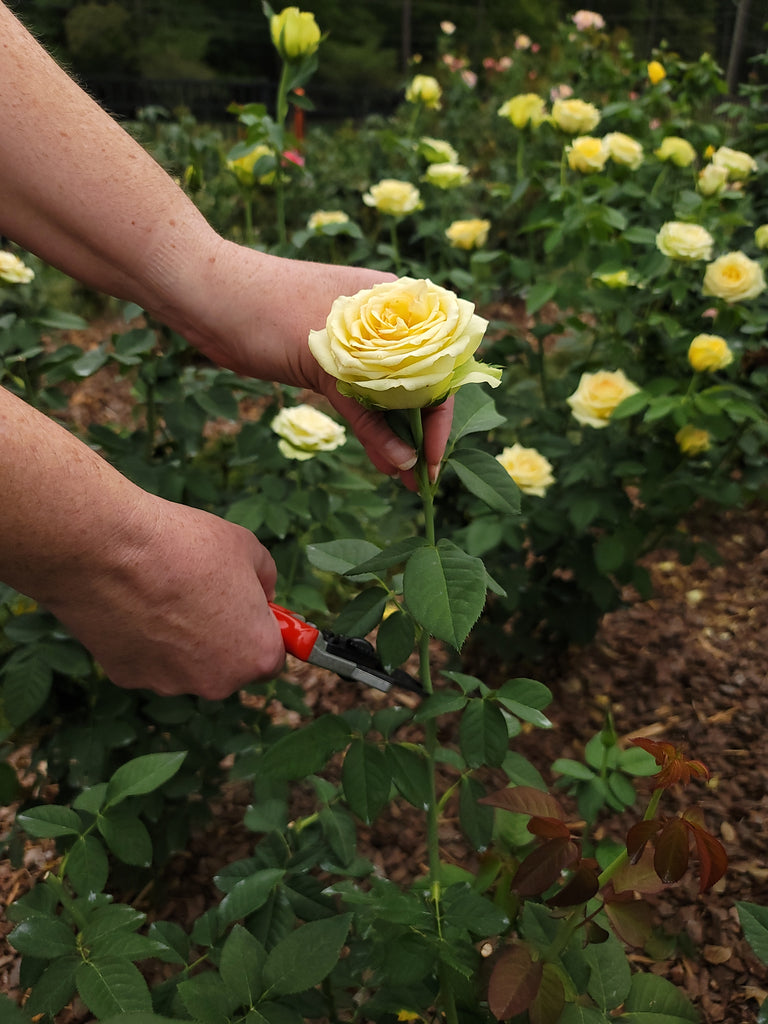
DEADHEADING
Deadheading is removing the spent blooms from your roses, and we deadhead to promote more BLOOMS! So, let's get those pruners out and talk about deadheading and cutting blooms for the kitchen table!
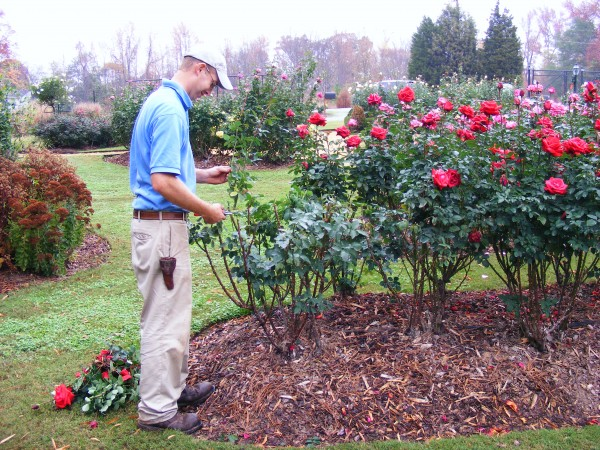
TOP DRESSING YOUR BEDS
One effective way to enhance your rose care routine is by using composted cow manure as a top dressing. Let’s dive into the best practices for fall rose care and how to incorporate this nutrient-rich amendment into your gardening regimen.
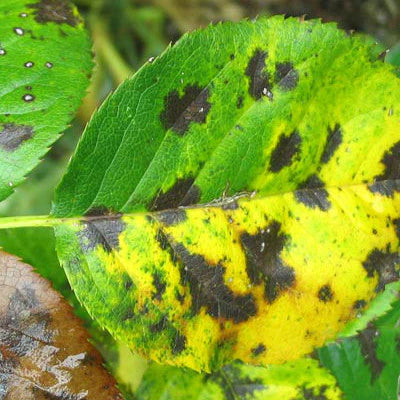
BLACK SPOT
Black Spot Fungus will cause a rose bush to defoliate. Shows up as black spots that quickly turn leaves yellow and cause them to fall off.
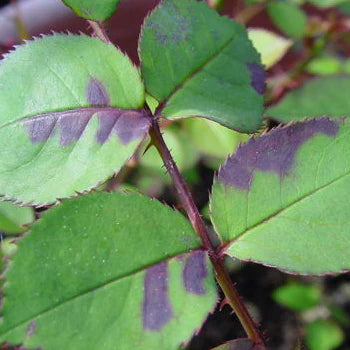
DOWNEY MILDEW
Downey Mildew is characterized by purple splotches on leaves and stems. Will cause bush to defoliate.
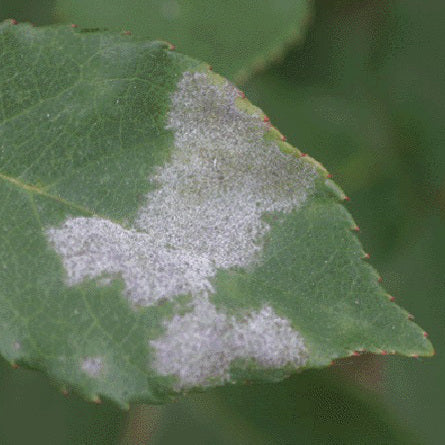
POWDERY MILDEW
Powdery Mildew is characterized by a white powdery substance that causes leaves to curl and growth to become deformed.

ANTHRACNOSE
Anthracnose is characterized by dark sunken lesions in leaves that will eventually cause the bush to defoliate.
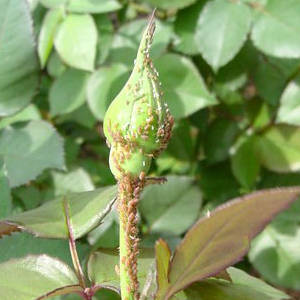
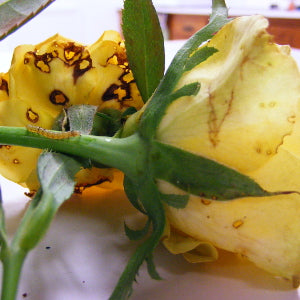
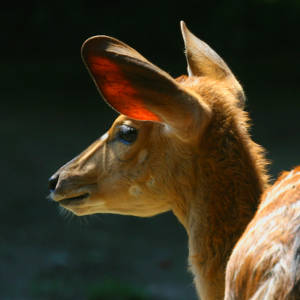
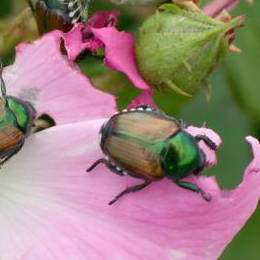
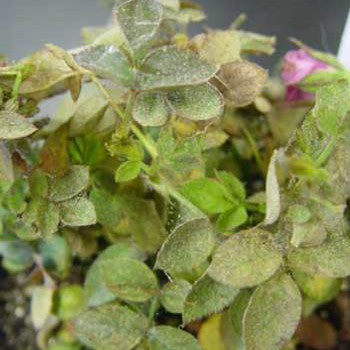
SPIDER MITES
Typically causes leaves to dry up and leaves a dusty residue on the bottom of the leaves.
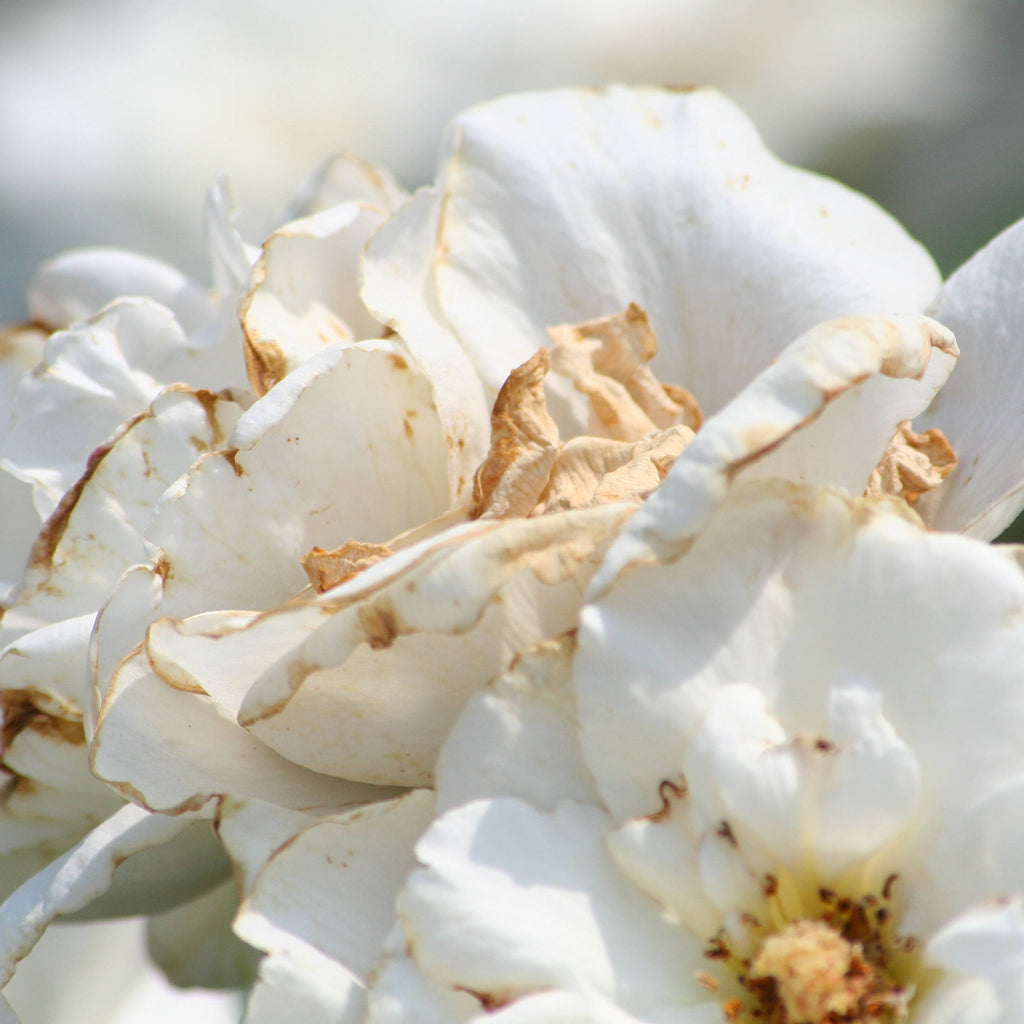
THRIPS
Typically causes blooms to shrivel up before opening or causes brown edges on blooms.